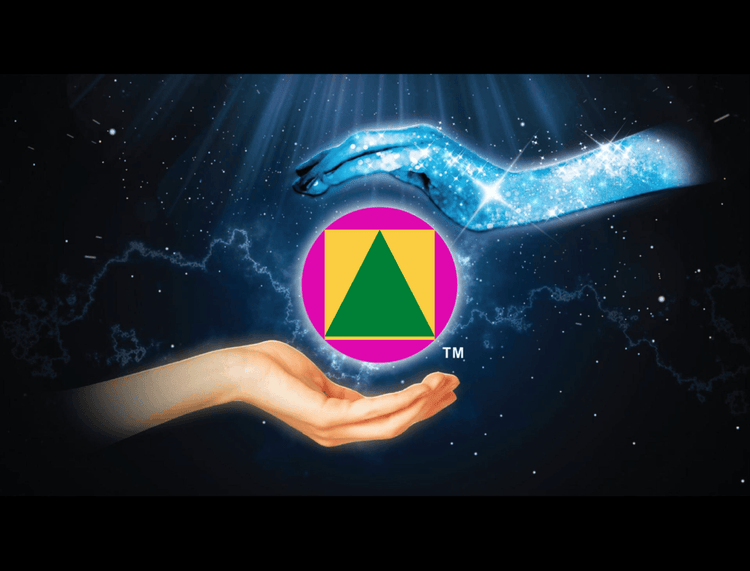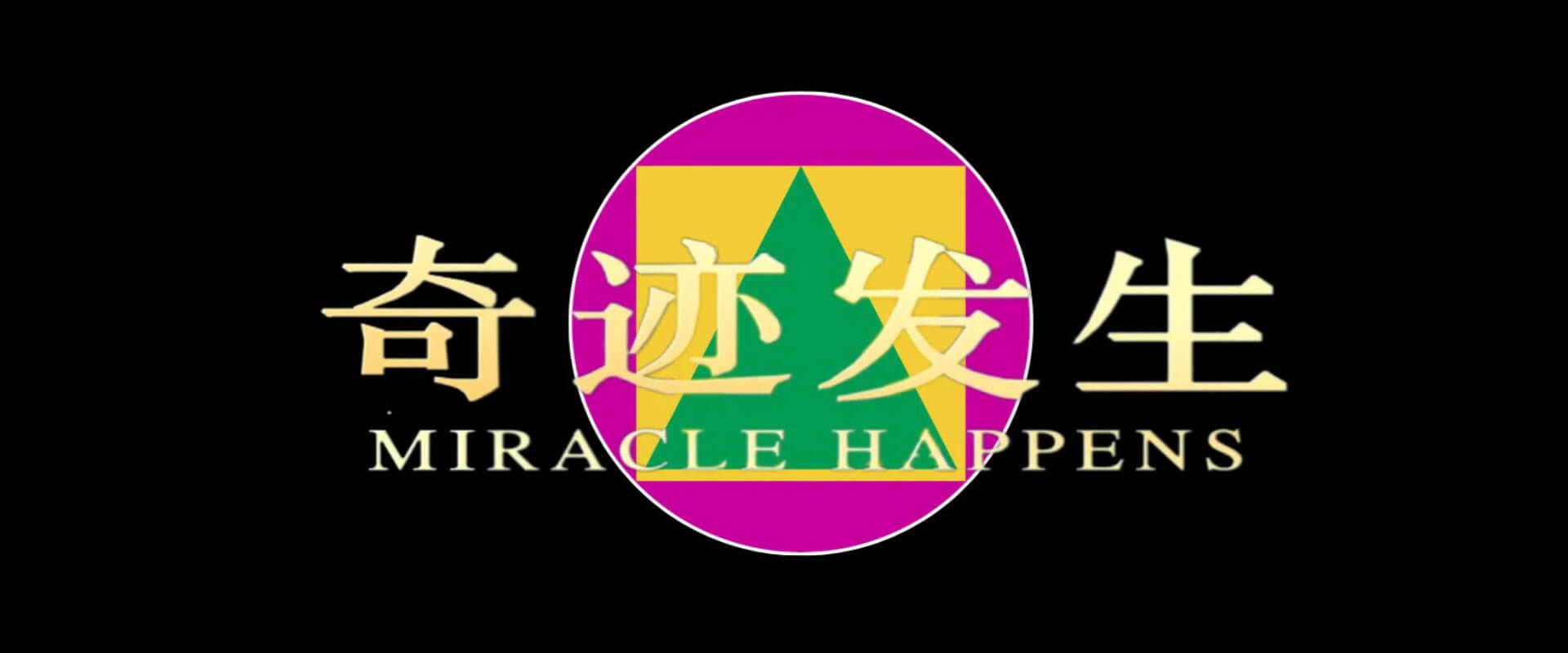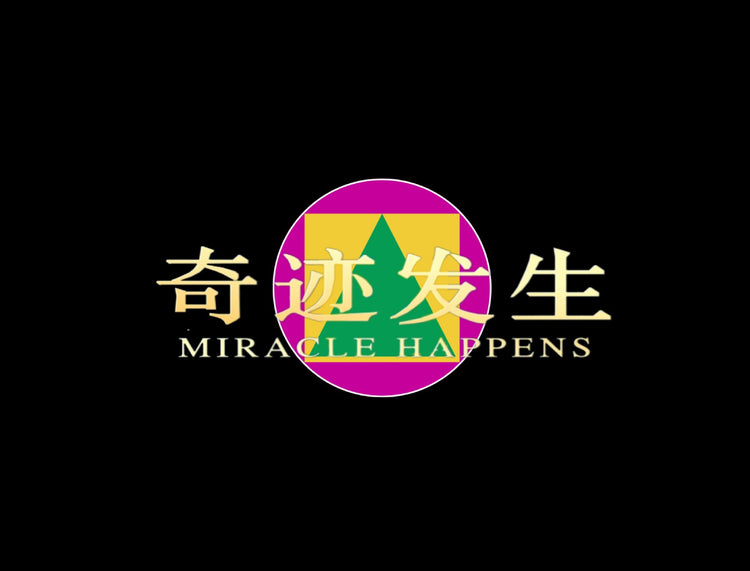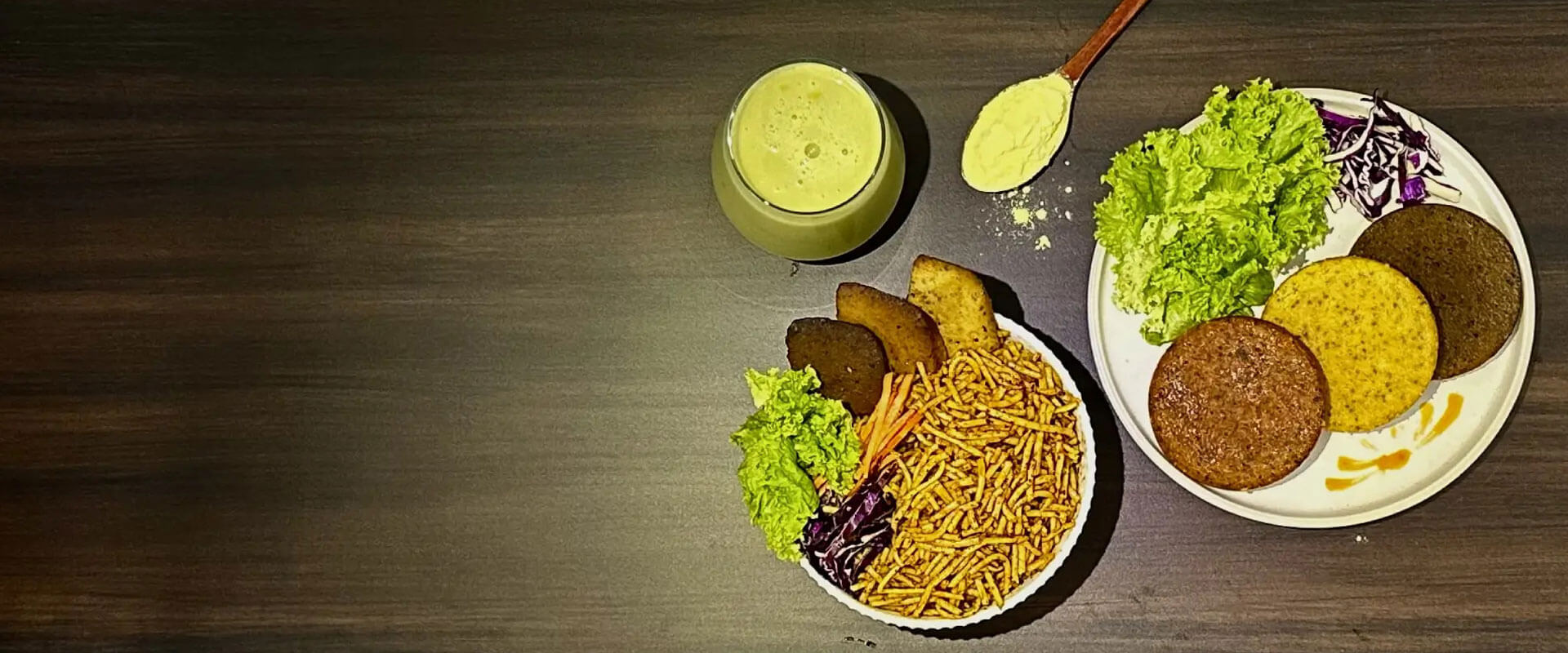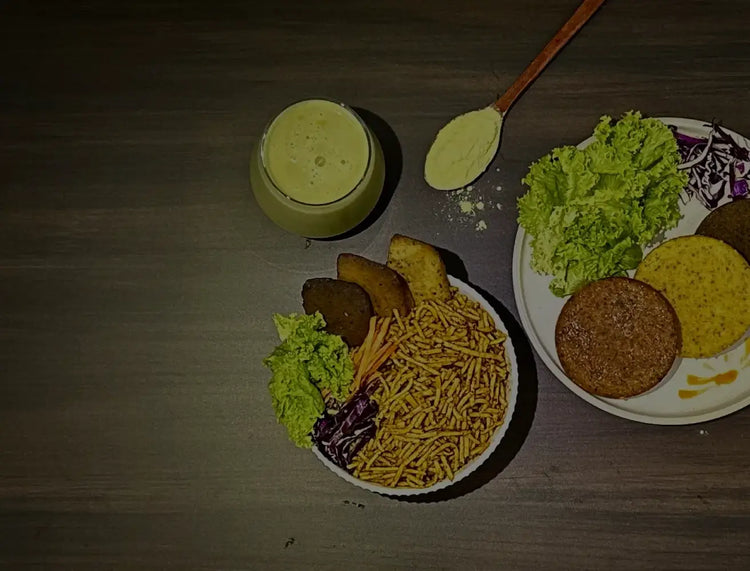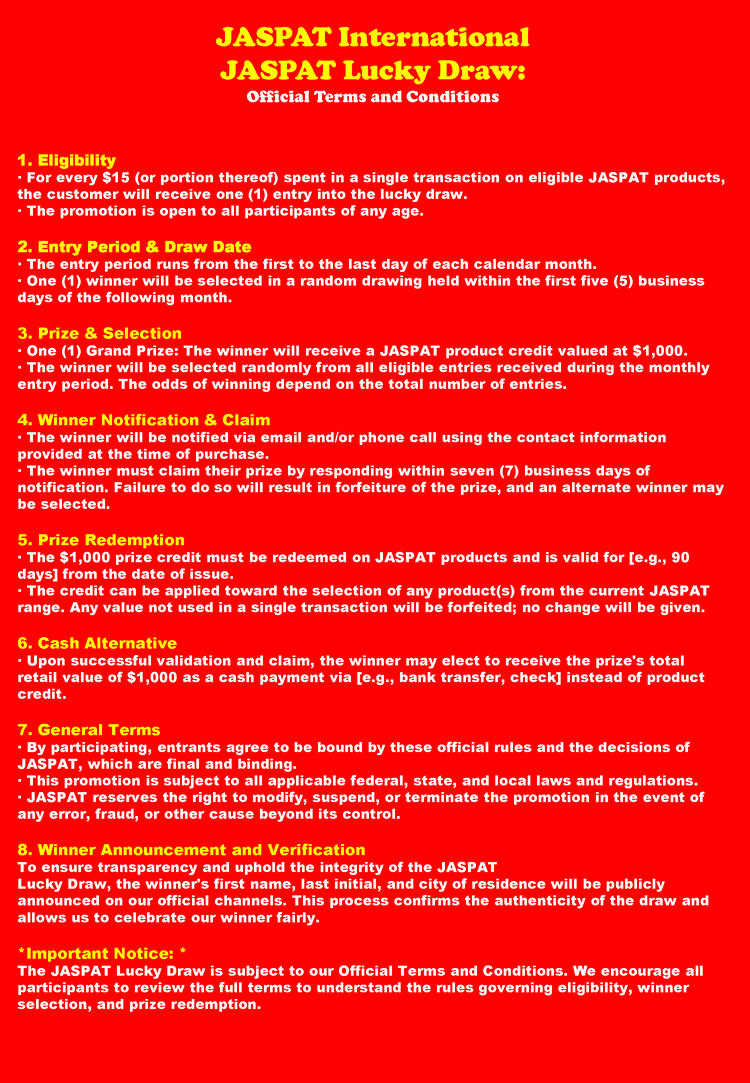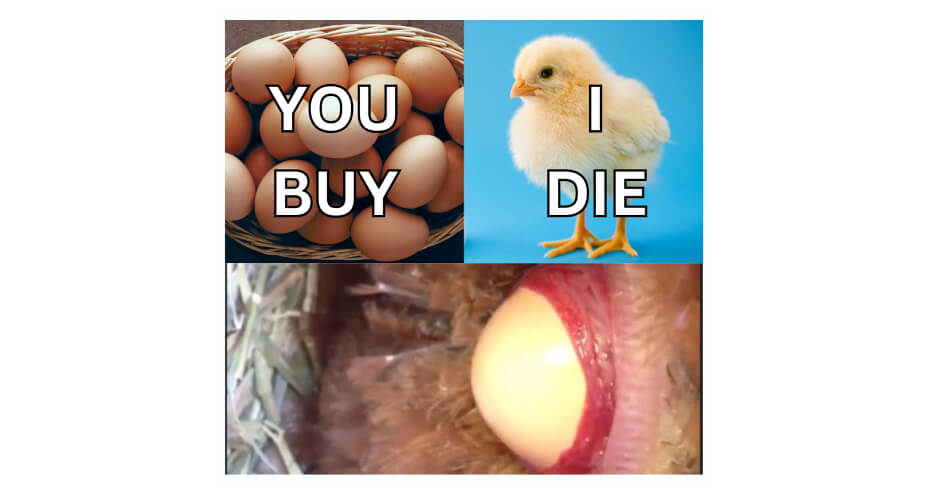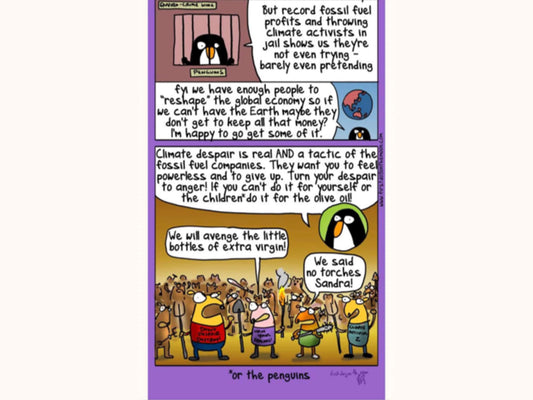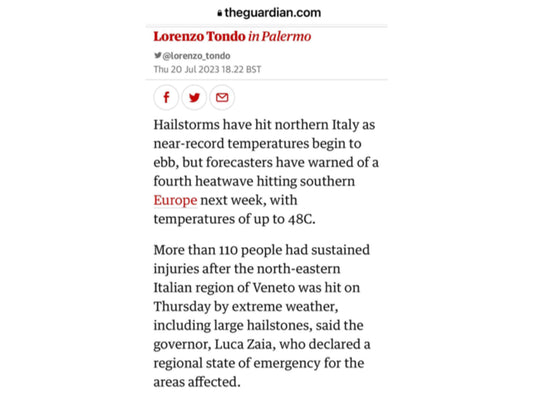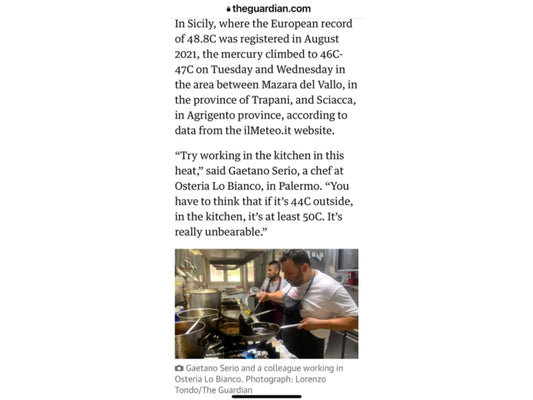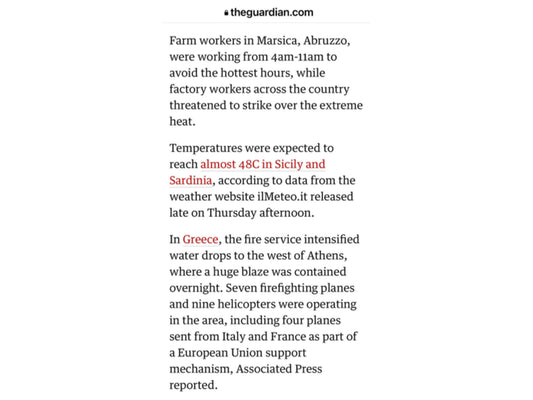Why《EggNot》?
5 reasons not to eat eggs
a. Eggs are not allowed in classics
The thirty-first volume of "Taisho Canon" "Theory of Consciousness" says: "Everything that comes out of eggs is inedible, and all have children."
"Master Yinguang Wenchao Continuation Volume 1": "Anyone who is sentient is not suitable for eating. Even though he is unconscious, he still has vitality, such as various eggs, and he is not suitable for eating."
"Surangama Sutra" Volume 6: "How great is the compassion. Take the flesh and blood of all living beings to fill food. If you are monks, you don't accept the oriental silk. And this earthen boots and furs. The cheese is sour. Such a monk. In the world, he is truly free. Repaying old debts. Not traveling to the Three Realms. Why? Submitting to one’s identity. It’s all because of that fate.”
The meaning of the above scriptures is as follows:
The Buddha said: Why do people who claim to be merciful and merciful still eat the flesh and blood of living beings to nourish their bodies? A person who cultivates the Tao must have body and mind. He will not wear or eat the flesh and skin of sentient beings, and he does not even have the idea of eating flesh and wearing skin. Then, I admit that this person has truly been liberated. It is because I have severed all ties with all beings in the Three Realms.
What's the reason? Because wearing the fur of an animal, eating or using a part of the body of a living being or the items they produce is an indissoluble bond with them, and thus cannot escape from samsara.
b. Eggs are alive
Eggs can be divided into fertilized eggs and unfertilized eggs. It is difficult for inexperienced people to distinguish whether eggs are fertilized or not. Sperm can survive in the hen for one to two weeks after a mating, and the eggs laid by hens in free-range flocks are likely to be fertilized eggs. Hens and roosters in laying hen farms do not live together, have no chance to mate, and generally lay unfertilized eggs.
Fertilized eggs contain formed embryos that hatch into chicks. is a life. But there is life in an unfertilized egg, the ovum in the egg. The egg is a tiny white spot on the yolk called the ovule. It is a living cell that can be seen with a magnifying glass. If the egg has not spoiled or been eaten, that egg is alive.
For humans, in vitro fertilization is a special technique, which is to take eggs and sperm out of the body, let them complete the fertilization process in an artificially controlled environment outside the body, and then transplant the early embryos into the uterus of the woman conceived to become a child.
Dr. Teng Xiaoming, director of the Reproductive Medicine Center of Shanghai First Maternal and Infant Health Hospital, the earliest domestic expert who developed test-tube baby technology, said with emotion: "Sperm, eggs, embryos, these cells that are almost invisible to the naked eye, make me full of respect for life, they have their own life, and the next day will become a bigger life, we must absolutely cherish and respect them."
Eating an egg is depriving the life in the egg of the opportunity to come to the world, which is equivalent to killing. For friends who are vegetarians out of love for all beings, neither fertilized nor unfertilized eggs should be eaten. This is the reason.
c. The nutritional content of eggs is not suitable for human
The nutritional content of eggs is not arranged according to people's needs for food, but according to the needs of growing a chick. Because they are eggs, they have no way to provide nutrition at any time through the umbilical cord like viviparous animals. The yolk and egg white in the egg are the nutrients prepared in advance by the mother hen in order for the embryo to hatch into a chick. Egg yolk is the main nutritional part of the egg and is the main source of transformation into chicks. The egg white also contains nutrients and water for the needs of development.
The heat of egg yolk (328 kcal) is much higher than that of egg white (60 kcal). Even the protein content is higher in egg yolk (15.2 grams) than in egg white (11.6 grams). Egg yolks contain a high amount of cholesterol, which is needed to be converted into the brain and guts of the chick. But as human food, these high amounts of cholesterol become problematic.
Cholesterol in the human body exceeds 1% of the normal value, and the possibility of dying from heart disease will increase by 2%-3%. The higher the cholesterol content, the higher the possibility of cardiovascular and cerebrovascular diseases.
Japanese scientists found through 14 years of research that women who ate an egg a day had a 22% higher mortality rate than women who ate an egg a week. A survey conducted in the United States on the follow-up of many respondents for thirteen years, including nearly 6,000 vegetarians and 5,000 non-vegetarians. Among the nearly 11,000 people, those who ate eggs more than six times a week had a 2.47 times higher risk of dying from heart disease than those who ate less than one egg a week.
For healthy adults and hypercholesterolemia patients without coronary heart disease or other atherosclerotic diseases, the daily cholesterol intake should be less than 300 mg, mainly from animal offal, egg yolk, butter and meat. For hypercholesterolemia patients with coronary heart disease or other atherosclerotic diseases, the daily cholesterol intake should be less than 200 mg. An egg (based on 50 grams) contains 212 mg of cholesterol.
If you drank milk or ate meat in addition to eggs, your cholesterol intake must have exceeded the limit for the day. For example: A Big Mac contains 79 mg of cholesterol, which is not as good as half an egg, but together it reaches the upper limit of cholesterol. If you just eat two eggs a day, your cholesterol intake will greatly exceed the standard.
The cholesterol content in food (mg/100g) is 2000 for egg yolk, 105 for pork, 60-90 for chicken, 85-90 for fish, 420 for pork liver, and 6200 for trotter. And plant foods do not contain cholesterol.
Eating eggs may also trigger rheumatism and gout, which causes abnormal joint pain in people in old age. Egg protein is a common allergen in infants, children and adults, causing problems ranging from hives to asthma. An infection caused by egg-borne salmonella can cause cramping, diarrhea, nausea, vomiting, chills, fever and/or headache -- a form of food poisoning called salmonellosis.
d. The living environment of laying hens is very miserable
90% of the eggs come from industrialized chicken farms. In order to increase the production of eggs, the chicken cages are stacked high, and the feces of the chickens fall from the top to the chickens in the cages below.
Male chicks are thrown into the egg industry as they are of no value to the egg industry (they are not even worth the money to be raised as broilers since layers are bred specifically to lay eggs. Their meat is too little and of poor quality) Meat grinder, and then fed to other farmed animals, and even fed to other chickens. In 2002, 272 million cockerels of American layer mothers were killed. (USDA Statistics) As long as the production of eggs in industrial chicken farms does not stop, the killing of cockerels will never stop.
Chickens are kept in small lattice cages, and the average living space of each chicken is less than a piece of A4 paper. They can't even spread their wings, let alone satisfy the sand bath and nesting that every hen desires.
Because the hen house is small and crowded, the laying hens naturally become violent, irritable, compulsive and aggressive, and they attack each other savagely. The chicken farm's measure is to cut off the lower beak of the chicken. ‘Beak removal’ burns blood vessels and nerves to death, which of course causes severe pain. After beak clipping, chickens will starve for at least three days because of the beak injury. When the hens are eating, sleeping and waiting, they can only step on the iron wires of the lattice cage. Because there is no solid ground to support their weight, the feet of each hen become thick and big, and some chickens' feet are even covered by wires embedded.
An egg producer in China said that he would not eat eggs from his own chicken farm because the feed company refused to inform the formula of the chicken feed "Nutrition Pack". And he believes that after eating this kind of feed, chickens can lay two eggs a day, which is impossible for chickens under natural conditions, so he suspects that there is something wrong with the "nutrition package" of the feed.
Eight months after the hen lays eggs, the egg production will gradually decrease. At this time, in order to create another wave of egg production peak, the industry will force the hen to molt. To force moulting, the chicken must be subjected to the greatest physiological pressure and tension. A three-pronged method of not giving it light, not giving it water, and not giving it feed will make the hen lose all its feathers. Then grow again. If it can survive, its egg production will increase and last for about half a year.
Generally, the laying rate of laying hens is above 80%, which means that they lay about eight eggs in ten days. If the egg production rate reaches 60%, the hens will be killed. Because if it is lower than this amount, it is said that raising chickens will lose money.
e. Industrial chicken farms pollute the environment

Animal husbandry is the main culprit of global warming, accounting for 18% of carbon emissions, which exceeds 13% of global car carbon emissions. Therefore, people who are vegetarians for the sake of environmental protection hope to reduce the damage caused by animal husbandry to the environment, and of course they do not eat eggs.
Chicken production emits four times as much greenhouse gas as beef production. The excrement, waste residue, sewage, malodorous gas and corpses discharged during the chicken raising process are harmful to the environment, and the conflict between the chicken farm and the surrounding residents is a common problem.



